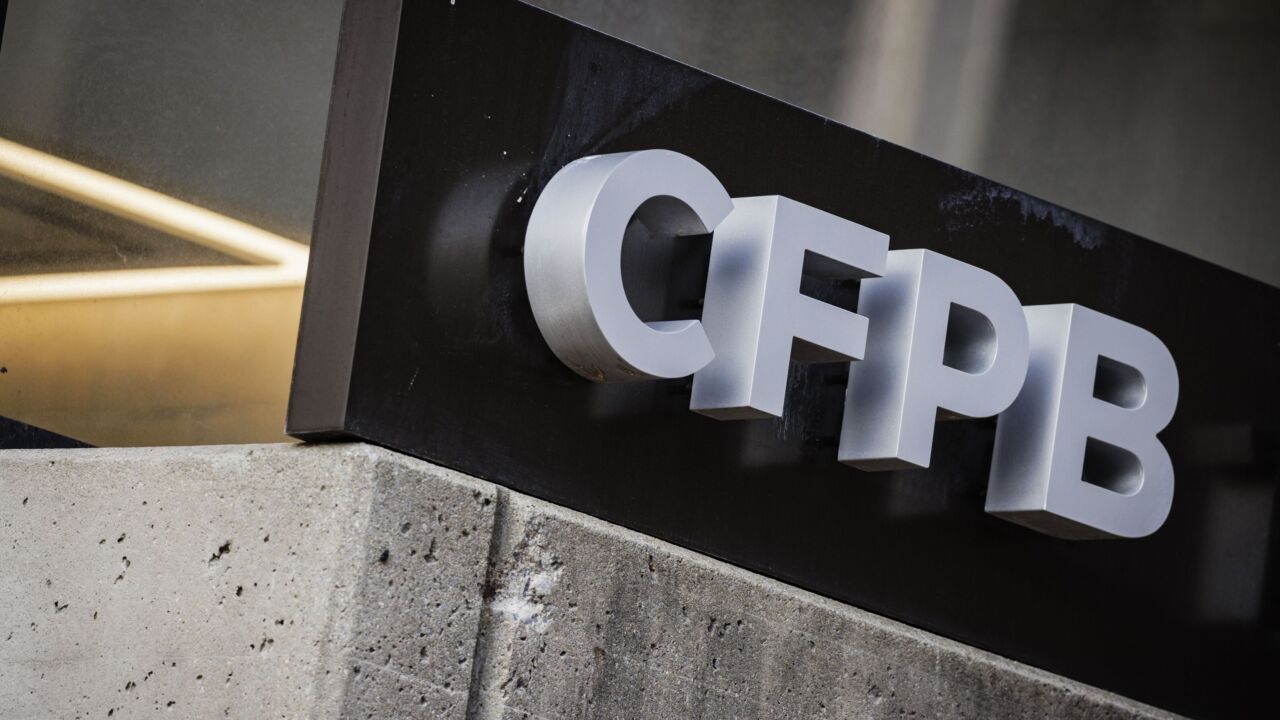
The Prime Day event is also a chance for Amazon to showcase a new range of devices and payment options — and to sell those devices at a discount to get them into more people's homes. It's an opportunity to extol the virtues of Amazon Prime membership, a $119-a-year service that's a prerequisite for getting access to certain sales as well as getting the best value out of Amazon's cobranded rewards card and Whole Foods stores.
Each year, a new Amazon device or service takes the spotlight, and this year is no different.
This item is compiled from reporting by PaymentsSource writers including John Adams, Kate Fitzgerald, David Heun and Michael Moeser. Click the links in each item to read more.

Making a whole lot of Whole Foods
This year will be different. Amazon is offering a $10 account credit to people who spend $10 at Whole Foods during the Prime Day event, and ramping up rewards to 10% cash back for its Prime Rewards Visa cardholders. That cashback discount applies to any purchase up to $400 — and while Whole Foods may have a well-deserved reputation for high prices, that limit also covers a wide range of Amazon's Echo and Alexa devices.
Amazon is advertising the "biggest deals yet" on Alexa-enabled hardware sold in Whole Foods stores. Even if shoppers are coming in for discounts on organic strawberries and Icelandic cod fillets, they stand a chance of leaving with a new Alexa device — and a $10 Amazon credit burning a hole in their digital wallet.

Reigniting the Kindle user base
The charging dock allows consumers to turn their tablets into a digital photo frame, music speaker or video calling device when it would otherwise be sitting plugged into the wall and ignored.
Transforming the Kindle tablet in this way is a tradeoff — when the Fire tablet is displaying the time, weather or family photos it can't be showing ads — but Amazon is betting that it will benefit by bringing more people into the corner of its Alexa ecosystem served by its Echo Show and Echo Spot devices. Those have a screen built in, but their $129.99 price tag is far steeper than the $34.99 Amazon set as the starting price for its new Fire docks.

Pushing the right buttons
In the three months leading up to 2016's Prime Day event, Dash button presses grew by 70%, Amazon said. Leading up to the sale, a slew of new brands come on board, with Amazon offering a discount that drops the buttons' price to 99 cents while still maintaining the $4.99 rebate offered on the buttons' first use.

Scanning groceries in the home
Of those, the Dash Wand is the most narrowly targeted. Reviving an old concept, the Dash Wand is a bar code scanner with a built-in magnet meant to adhere it to refrigerators, and can scan any food item's bar code to help restock the kitchen. It sold for $20 with a $20 Amazon credit after setup — a pricing model reminiscent of the one Square used to build the mobile point of sale market.
Prime Day also gives Amazon a chance to highlight certain categories in its catalog, including those that pair well with its growing focus on the kitchen.
And like many Amazon devices, the wand also has the Alexa voice assistant built in, so shoppers can simply shout their orders into it if they can't find a bar code to scan.

A branding coup
By now, Prime Day has cemented a specific time on the calendar for years to come. For all other retailers, this creates a conundrum: How do competitors like Walmart and Best Buy capitalize on the shopping frenzy taking place in early July, but not draw attention to Amazon’s creation?
The usual big box and apparel retailers are also running sales to coincide with Prime Day, but are conspicuously avoiding any mention of the e-tailer, treating its name the same way Harry Potter characters avoid naming the Dark Lord. Some, like eBay, attempted to undercut Amazon by offering their own sitewide sales a week earlier in what the media has dubbed
It's too tempting a retail opportunity to ignore.
In 2015, the first-ever Prime Day,
Unlike Small Business Saturday, Prime Day is singularly a celebration of Amazon and therefore forbidden ground for competitors. Amazon’s signature event is therefore unlikely to become a “Hallmark Holiday,” but it will be hard for retailers to simply pretend that this event isn’t an annual tradition.





